There’s no doubt the world of aviation is a fascinating one, and we’re constantly learning new things about our industry. But how much do you know about aircraft, airlines and flying? We’ve dug up a compendium of ‘mildly interesting’ factoids for you to enjoy – the question is, how many of these ‘pointless’ winning pub quiz nuggets did you already know?
.png)
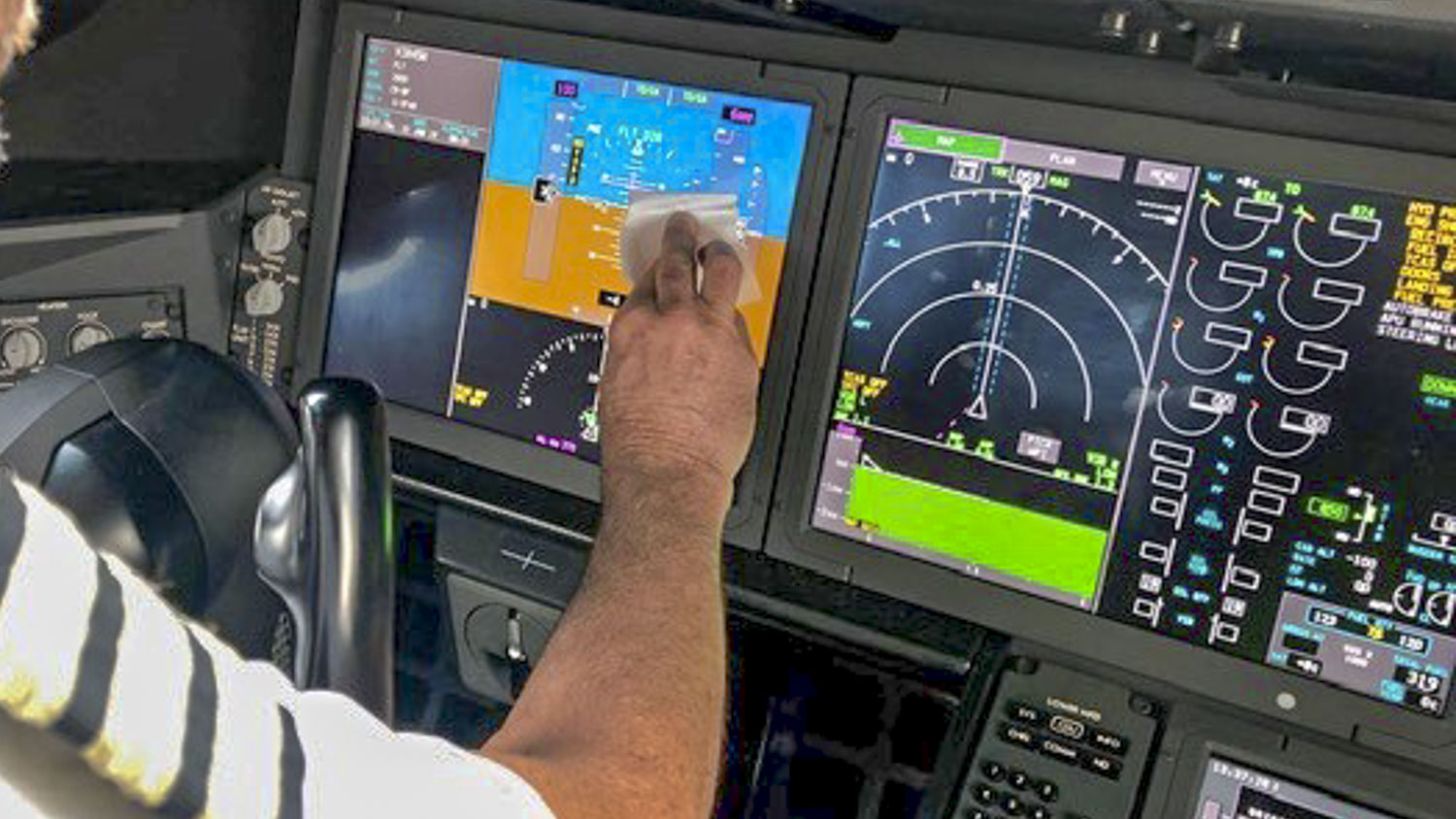
Aircraft have their own type of screen wipes. Tucked away on the flight deck of every plane is a small packet of very high-quality anti-static wipes that our pilots use to keep their instruments clean and smear free. They’re made specifically for aircraft instruments and come in separate wet and dry wipes.
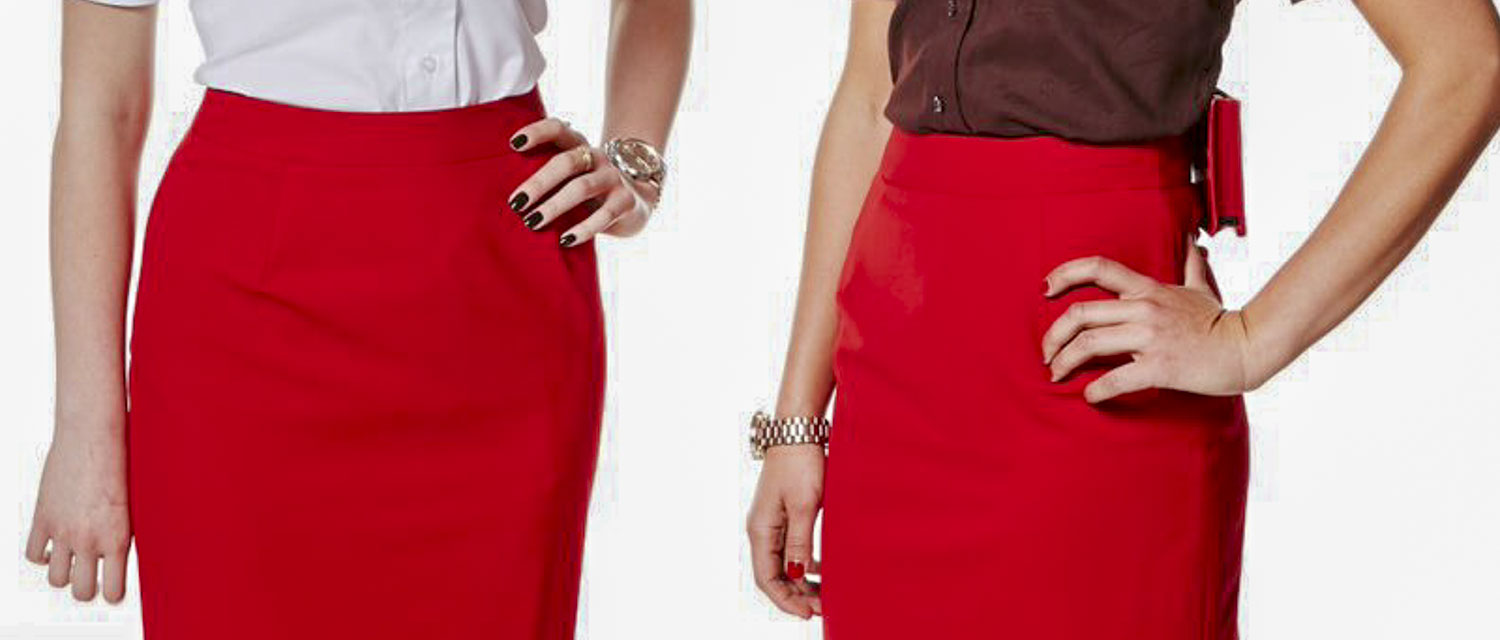
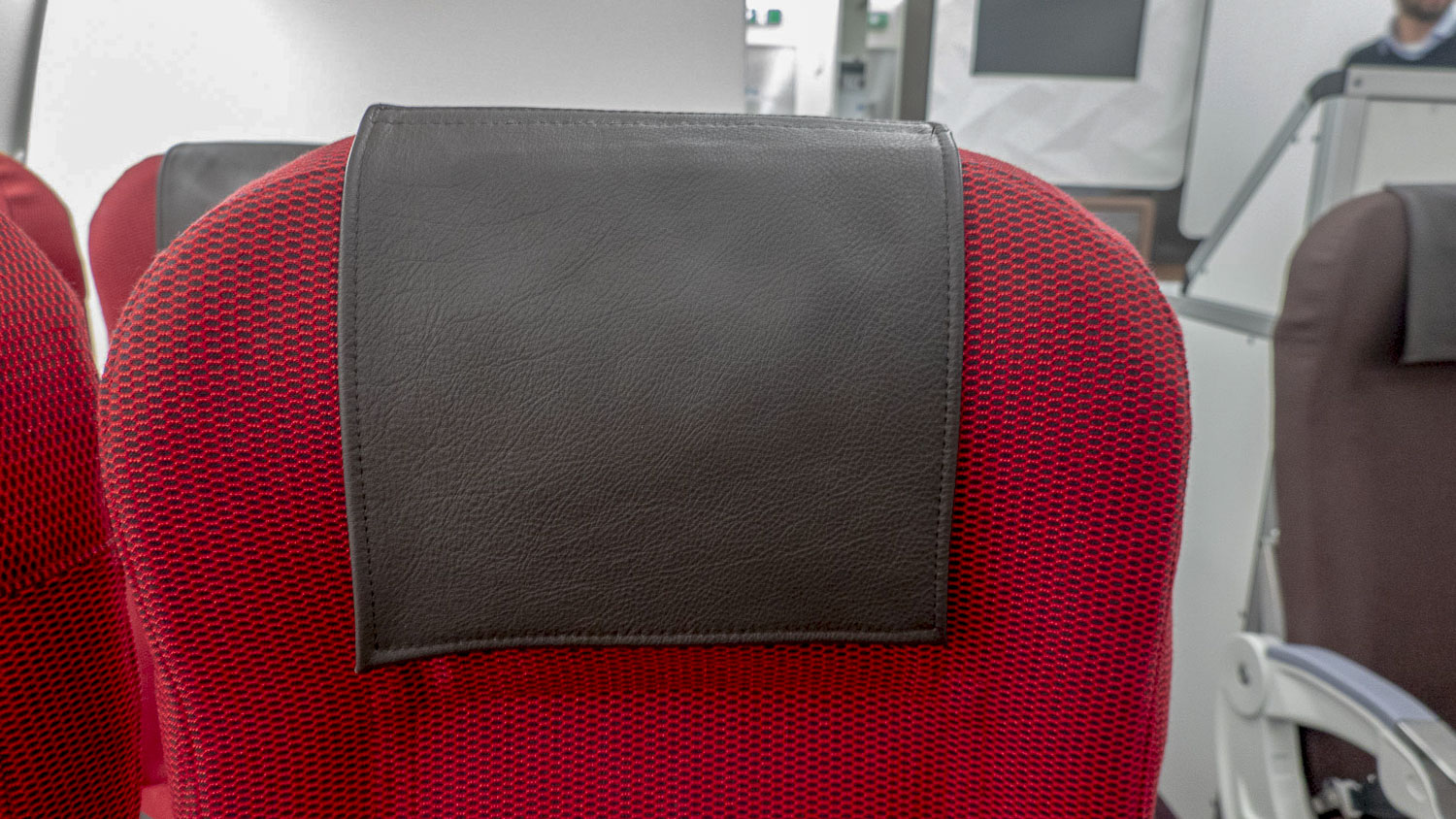

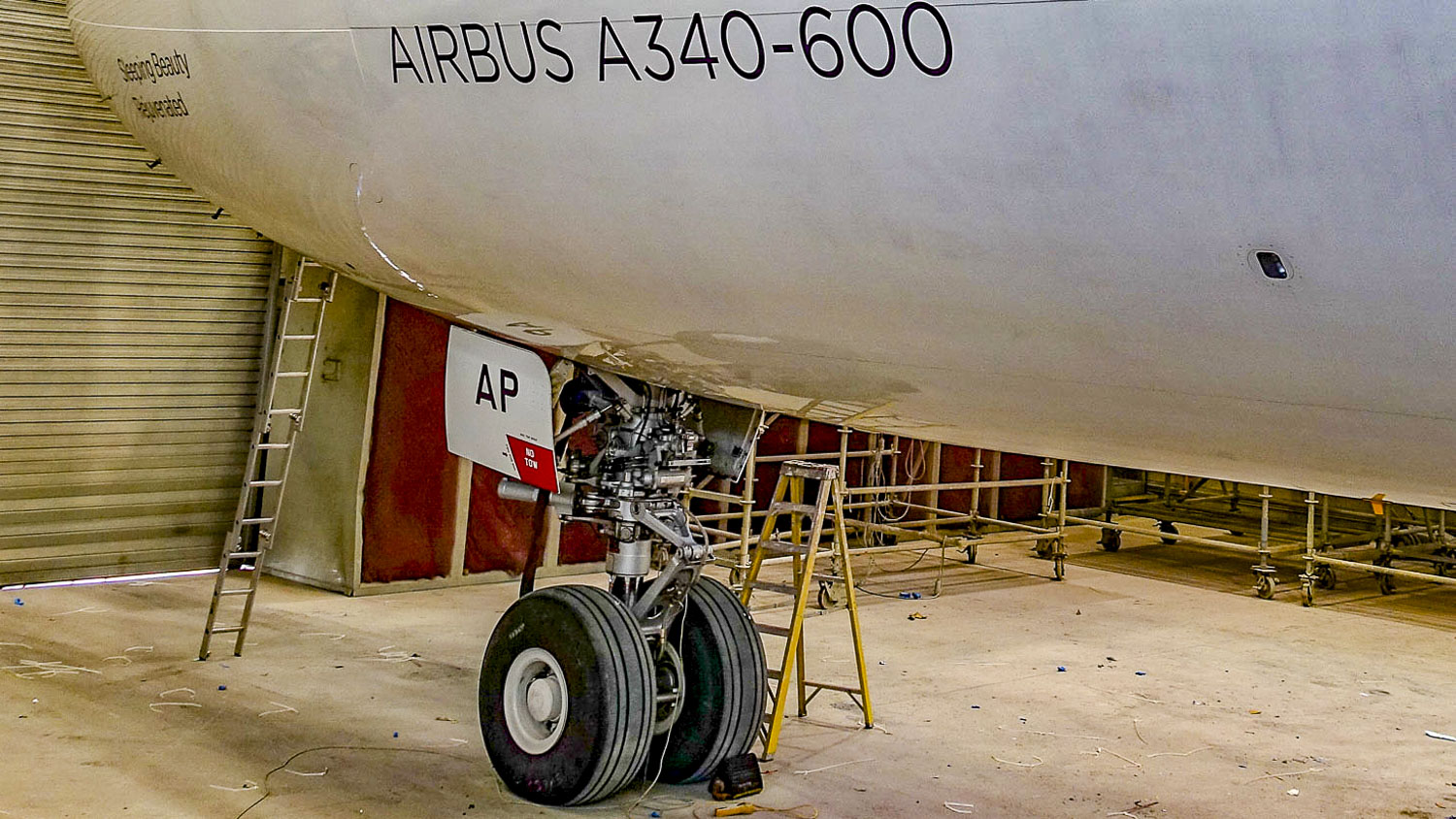
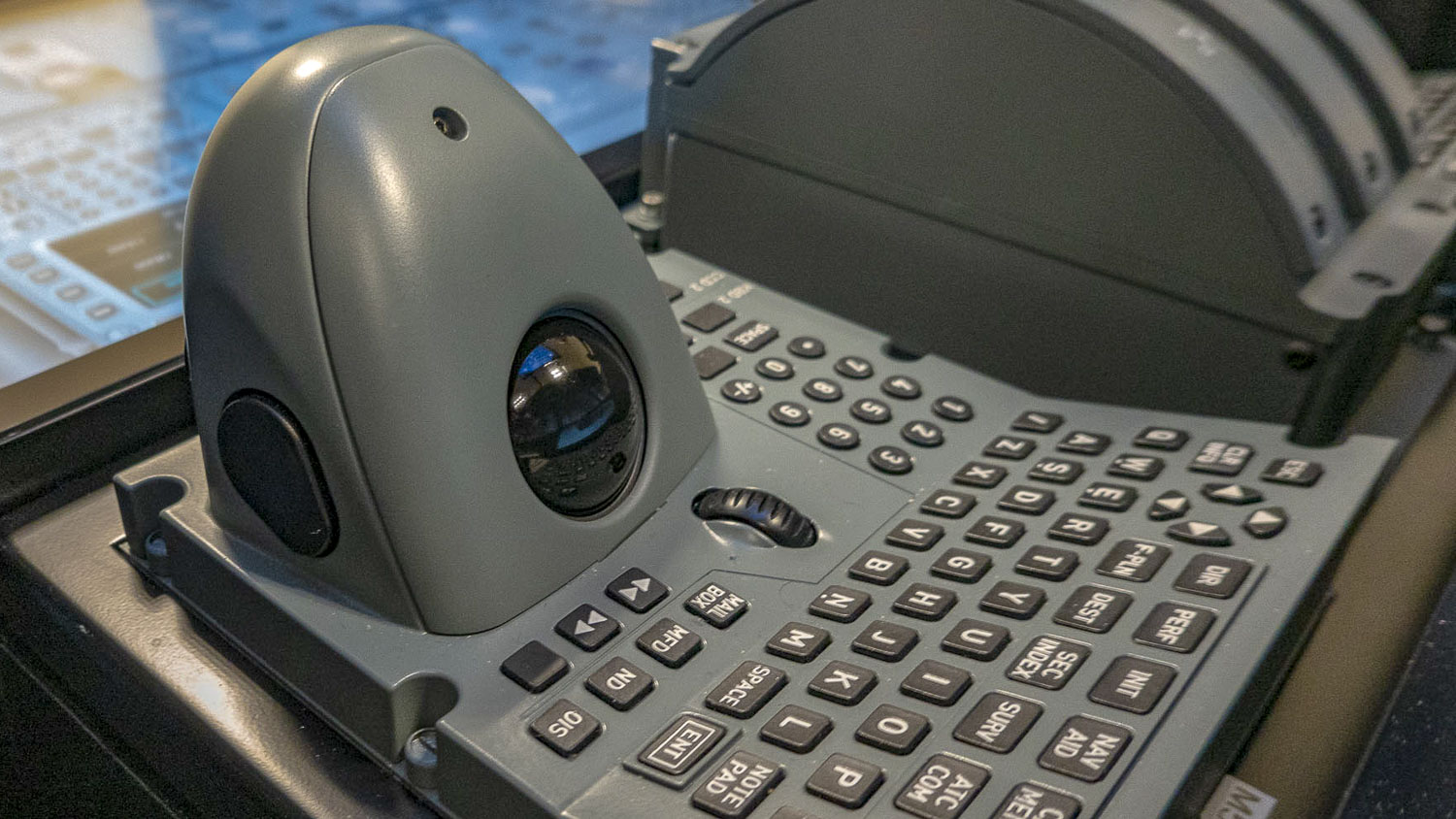
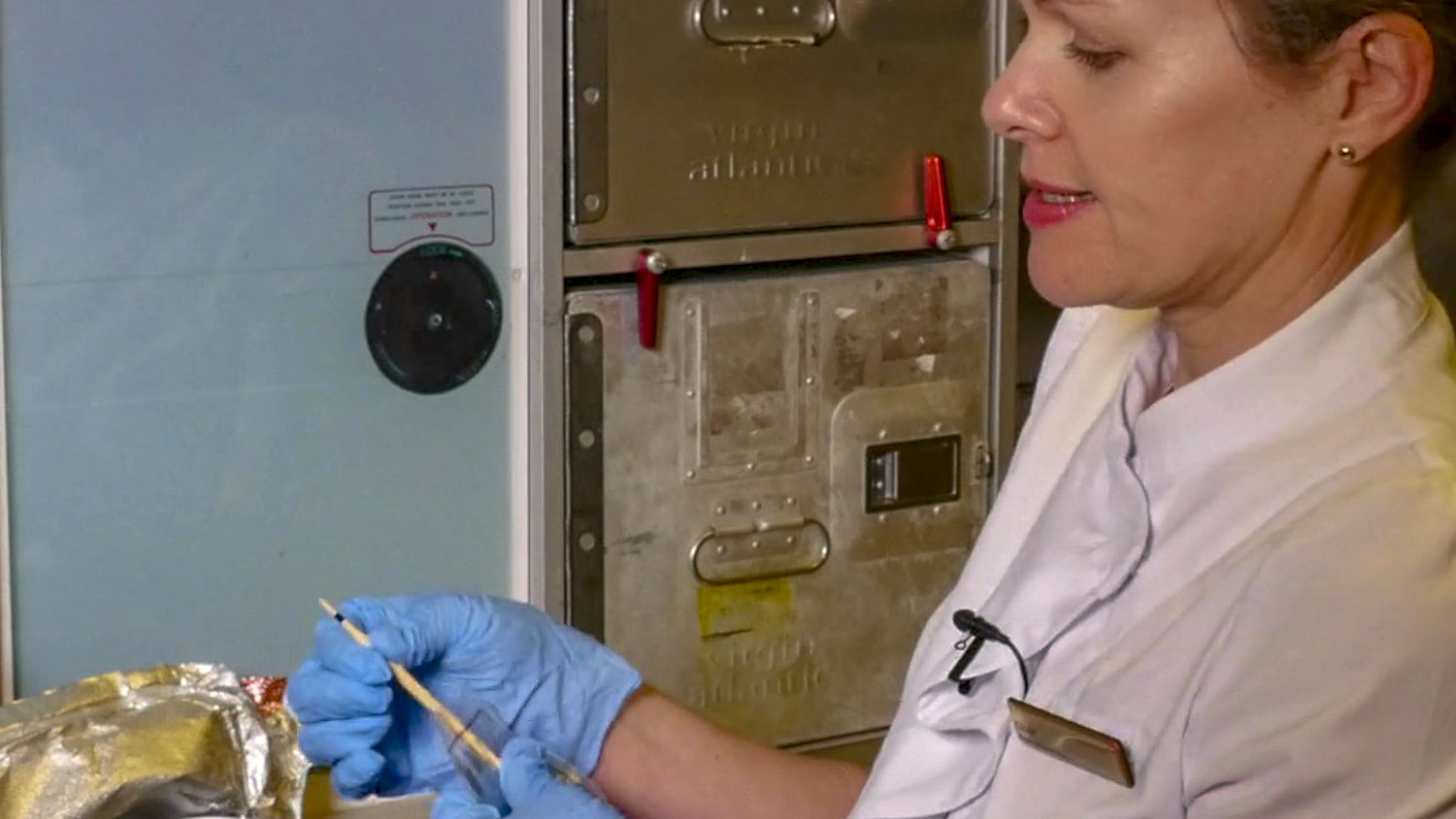
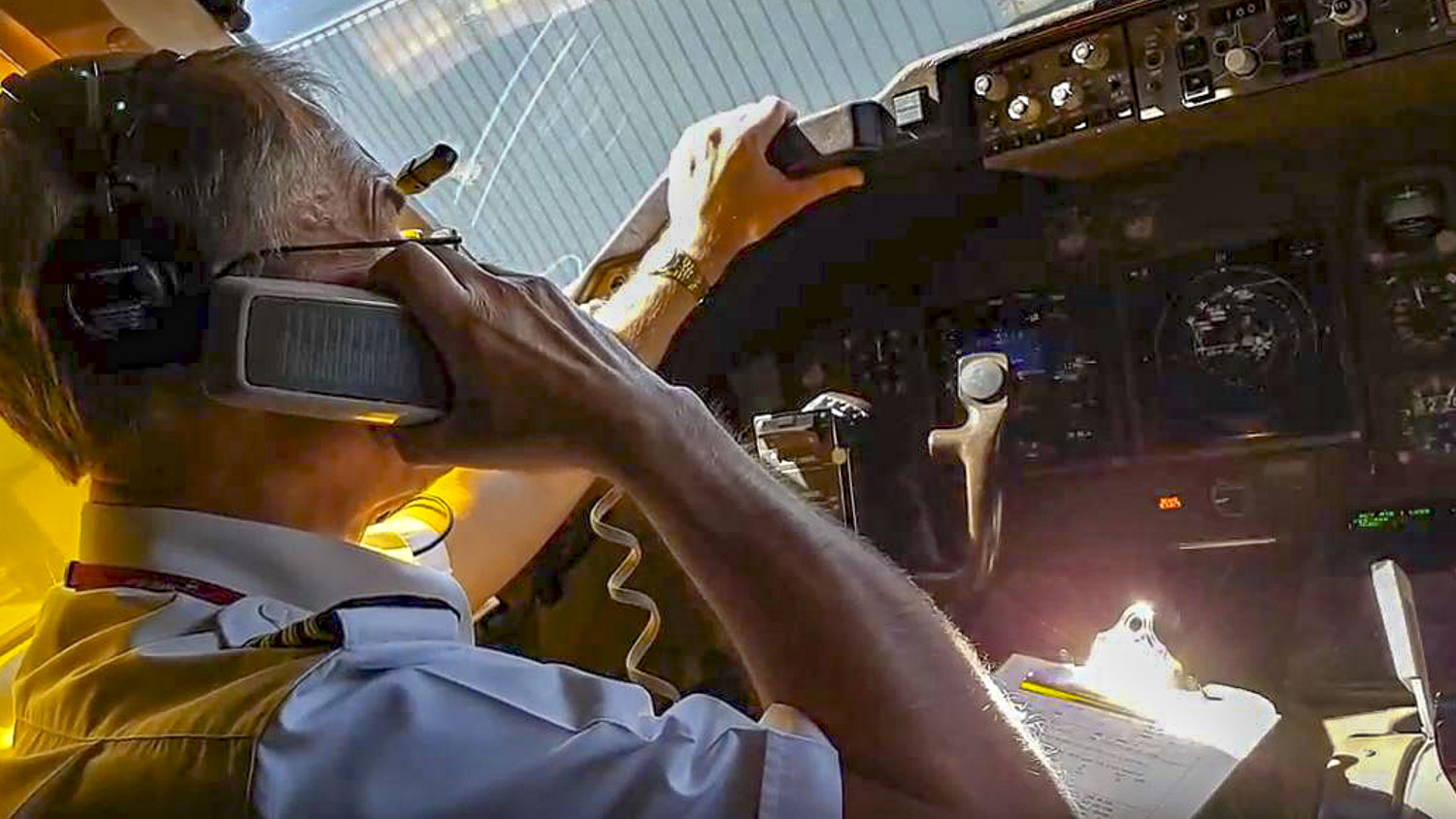
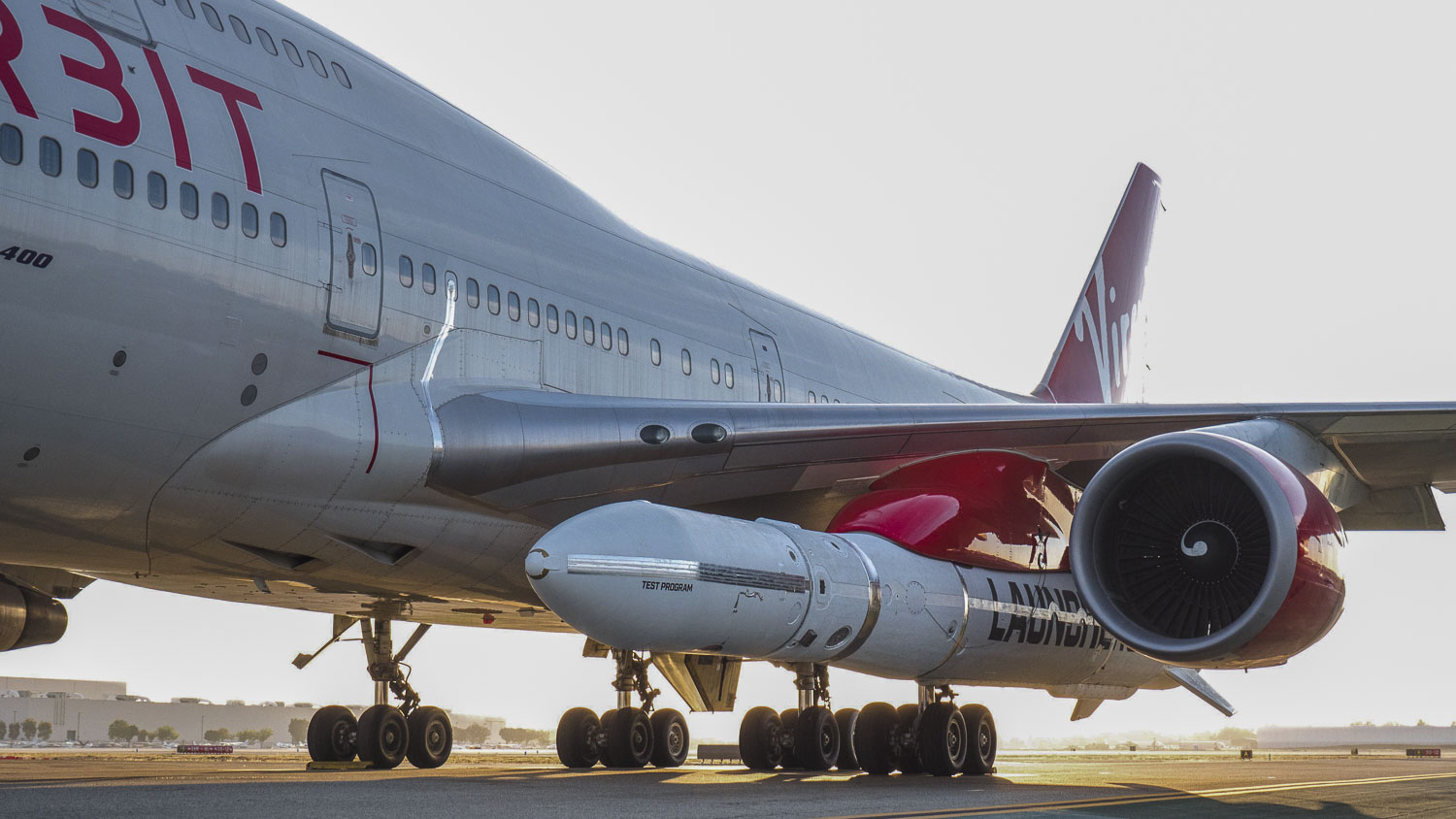

All cabin crew are required to wear a watch to work. It can be a smart watch but must have an analogue display with a second hand. Some of our emergency procedures require precise timing and synchronising watches with the pilots. This is so important, the cabin crew won’t be allowed to fly if they haven’t got a watch on their wrist.
You probably know them as headrest covers, but the small squares of material on your aircraft seat have a proper name: Antimacassar. Macassar oil was a favourite of Victorians who used it to slick their hair down. This early hair product led to many ruined headrests and the need to devise a way of keeping the seats clean.
The cabin crew role is a varied one. As well as their day to day duties serving our customers, our cabin crew are trained to deal with any number of situations that might occur on a long haul flight. This means that we carry no less than eight different types of glove onboard for our crew to use. Galley gloves, oven gloves, food delivery gloves, clearing in gloves, gloves for administering first aid, biohazard gloves, fire gloves, toilet gloves. Nine if you count the black gloves that our crew can wear with their uniform in cold climes (such as Heathrow in February). But did you know that the word glove literally means ‘hand shoe’?
There’s a ladder that comes down by the front wheel on some aircraft. On our Airbus A330s (and the A340s seen in this photo), you can access the avionics bay (where all the computers and electronics of the aircraft live) by using the self-contained ladder in the nose wheel bay. You can also climb down into the avionics bay from the cabin.
The A350 has a built-in ergonomic computer mouse on the flight deck. As you’d expect of the modern jet, flying is all about computers and the Airbus A350 is the newest aircraft on the block. Where Boeing have provided our pilots with a laptop style touchpad, Airbus have provided a very pleasing rollerball mouse on the centre consul to help pilots retrieve and enter data more efficiently.
Our cabin crew use special heat sensitive sticks to make sure food is cooked properly. Before we serve any meal to our customers, we always make sure it is at the right temperature. This is done using the temperature testing sticks which change colour when the temperature is right. If the meal isn’t hot enough, it goes back in the oven until it is.
There is a convention around pilot announcements. On most flights you will hear two main pilot PAs. The first is the ‘welcome onboard’ chat and that is always done by the captain. They’ll let you know details of the flight such as route, flight time and weather. The second one is at the ‘top of descent’ about 40 minutes before landing. This is traditionally done by the pilot who is flying that sector, so could be the captain or the first officer. This will give an update on the arrival time and weather.
The Boeing 747 was built with an additional engine mount between the number 2 engine and the fuselage. This was used to ferry spare engines and created a very strange looking five engine aircraft. The last time anyone did this was Qantas back in 2016. As far as anyone can remember we only ever did this once, ferrying an engine from London to San Francisco to replace one that had ingested a pelican! It is these same mounts that Virgin Orbit are using on Cosmic Girl to carry and launch satellites.
Finally, a mildly interesting fact about those small overwing exits you get on some aircraft. The window blinds on these windows open downwards (the opposite of normal window blinds). This is so they don’t close in the event of a hard landing. It’s important anyone opening the exit can see out of the window first. The other thing that’s different at these exit seats is the tray table latch. Unlike other ones, these only turn one way; away from the exit. This is to prevent anyone snagging their clothes on the latch and the table dropping down and obstructing the exit.
